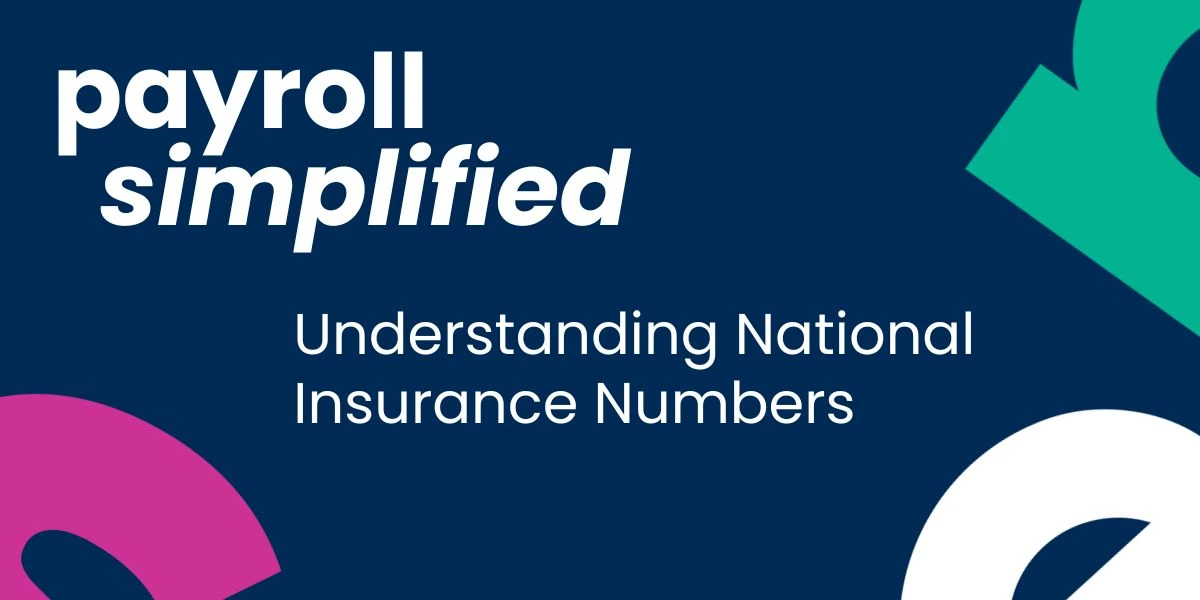National Insurance Numbers Explained
National Insurance numbers have been around since 1948, yet they are still a source of confusion for many employees. So here is a simple explanation of what your National Insurance number means.
The easiest way to imagine it is that it is like your personal, unique code for working and getting help from the government.
Your number looks something like this: AB 12 34 56 C
Let’s break down this number into what the various elements mean.
The first two letters
First two letters (Like ‘AB’) These first two letters are never the letters D, F, I, Q, U, or V. They also never start with BG, GB, NK, KN, TN, NT, or ZZ. This is to avoid confusion and mistakes. Think of these letters as your personal marker – they help make your number unique to you.
The middle numbers
The middle numbers (Like ’12 34 56′) These six numbers come after your first two letters. They’re split into pairs to make them easier to read. These numbers are picked randomly when your number is created. Unlike what some people think, they don’t represent your birthday or any other personal information.
The final letter
The final letter does not change and has no use anymore. It dates back to when contributions were recorded on a card (some older people may refer to this as their ‘stamp’) which was returned annually, throughout the year. Employers with letter A were reported in March, employees with letter B in June, letter C in September and letter D in December.
Although cards are no longer used, the suffix remains an integral part of the National Insurance number
NI category
On your payslip, you will notice an NI category letter, which signifies to the employer what rate of National Insurance should be deducted from an employee’s pay and relates to specific groups of employees.
These groups are as follows:
A All employees except those in the following groups
B Married women and widows who have a certificate of election form showing their entitlement to reduced NI contributions
C Employees over the state pension age
H Apprentice under 25
J Employees who can defer National Insurance because they already pay it at another job
M Employees under 21
V Employees working in their first job since leaving the armed forces (veteran)
Z Employees under 21 who can defer National Insurance because they are already paying it in another job
Keeping it safe
Your National Insurance number is like a key to your working life in the UK. Keep it somewhere safe at home – maybe write it down and put it with other important papers. You don’t need to carry it around with you every day.
When you’ll need it
You’ll use your number when you start a new job, talk to the tax office, or if you need to claim any benefits. Your employer will need it to make sure your tax and National Insurance payments go to the right place. Think of it like your personal account number for work and tax.
Getting help
If you ever forget or lose your number, don’t panic. You can find it on your payslip or any letters about tax or benefits. If you really can’t find it anywhere, you can ask the government to help you track it down.
This number stays with you for life – you won’t get a new one even if you move to a different part of the UK. It’s your unique code that helps make sure you get credit for all your work and contributions to the system.
Remember – your National Insurance number is personal to you. Only share it with people who really need it, like your employer or government offices. If anyone else asks for it, it’s okay to check why they need it first.

